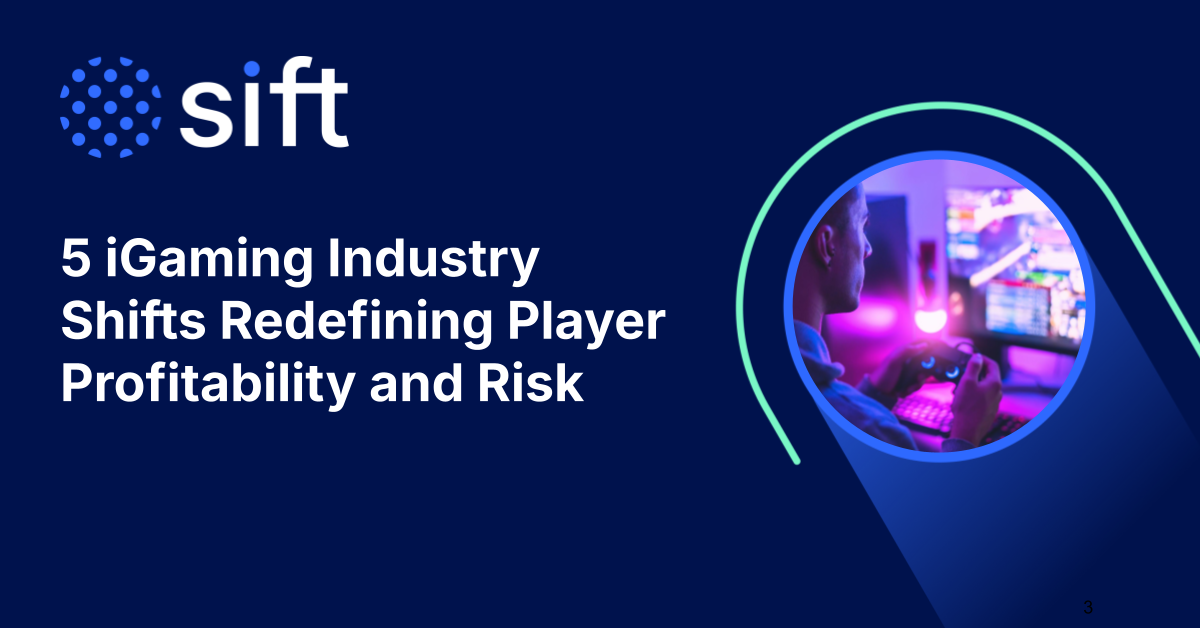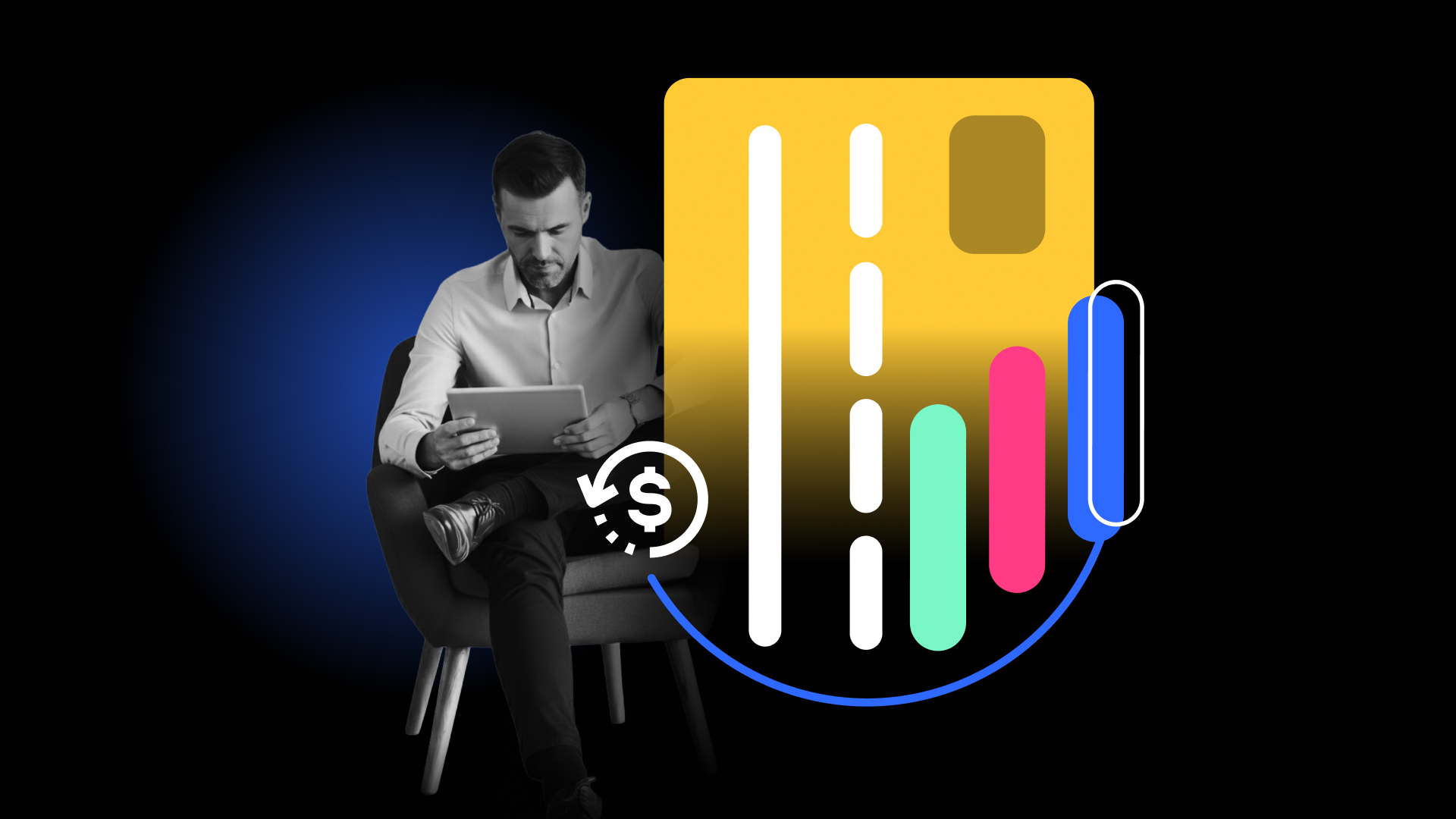December is a busy month for most people, filled with travel, time with family, and gift-giving. This December, however, was a challenging one for many consumers and merchants, not only because rising costs and a shaky economy impacted consumer behavior, but also because of rapidly accelerating fraud. As we close out this holiday season and say goodbye to 2022, our Trust and Safety Architects examine the fraud activity that surged during this period and what to expect in the new year.
Fraud trends this holiday season
While various types of fraud run rampant during the holiday season, some tactics have been especially prevalent this year. Our data shows a concerning spike in account takeover attacks (ATO) as well as a continuing threat to buy now pay later (BNPL), as usage of this alternative payment method grows.
What’s more, automation and online collaboration on the dark and deep web has made it easier than ever for fraudsters to plan and execute their schemes at scale.
“Online fraud is no longer the purview of a few technologically gifted hackers,” says Trust and Safety Architect Jeff Sakasegawa. “Today’s digital capabilities have made fraud accessible to increasing numbers of people around the globe. With the proliferation of Deep and Dark Web marketplaces, fraudsters can communicate, collaborate, and sell their services more easily than ever before.”
Sakasegawa outlines why these fraud attacks are so damaging and how merchants should prepare now and into the new year in PaymentsJournal.
ATO skyrockets during Black Friday/Cyber Monday
As predicted by Sift fraud experts, account takeover attacks proved to be a significant threat during this shopping season, surging over 94% in November alone. The popular shopping weekend between Black Friday and Cyber Monday also saw a 71% spike in ATO, with loyalty programs and crypto bearing the brunt.
Explore more of the latest holiday fraud data in our infographic.
Buy now, pay later fraud on the rise
Buy now, pay later (BNPL) has become a fraud target since it soared in popularity among consumers in recent years, but this season brought increased attacks, as the rate of BNPL payment fraud attacks rose 109% in November alone. Rising costs have led even more consumers to turn to BNPL during this time to ease the burden of paying for holiday gifts. Fraudsters have also been taking advantage of BNPL providers’ marketing tactics, targeting publicly announced retail partners.
“We find that fraudsters can specialize in certain merchants, and they know how to hit them to get purchases through successfully,” says Sift Trust and Safety Architect Brittany Allen. “That’s another use of materials these providers have created for good to help legitimate consumers that are being increasingly spun as a marketing tactic on the deep and dark web.”
See what else Allen had to say about rising BNPL fraud and what merchants can do to protect themselves in Fintech Nexus.
Sift’s final Digital Trust & Safety Index report of 2022 is live—download to see the latest fraud data and insights.







